
by Devsaurus | Nov 22, 2021 | Core News
The investigations up to this point remained entirely in the digital domain. Waveforms like the ones shown in the VLM5030 gate-level design validation and lock-step comparison post were derived from the PCM data right before it enters the DAC. This is most suitable to...

by Devsaurus | Sep 28, 2021 | Core News
What could cause that the VLM5030 partially behaves non-deterministic for certain frames? The usual suspects are incomplete reset and …randomness. Lots of internal states / flip-flops aren’t affected by the RST input, so that could be a cause for repeated...
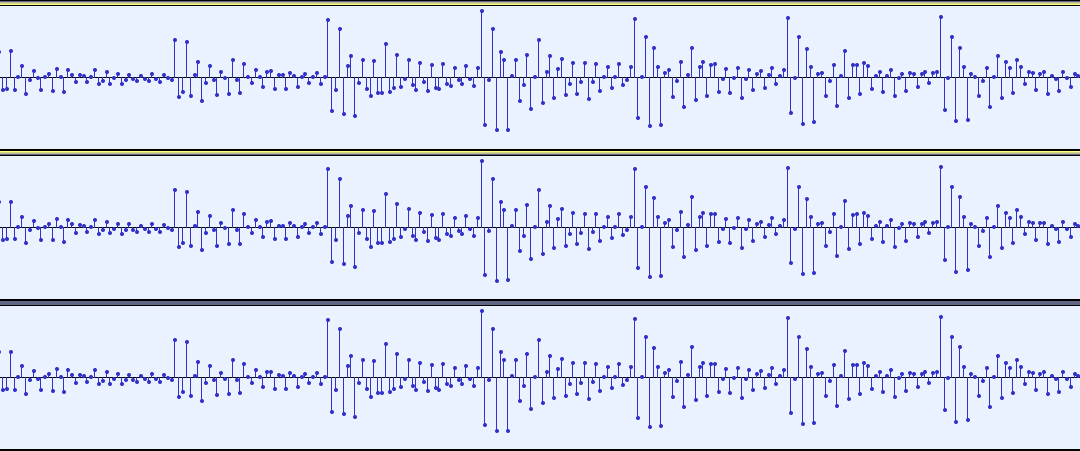
by Devsaurus | Sep 11, 2021 | Core News
Now with the extracted gate-level design in place, how does it perform? The initial validation consisted of two basic phases: VHDL simulation in a test bench that dumps the PCM audio to a binary file. The binary is imported with Audacity and converted to WAV format...
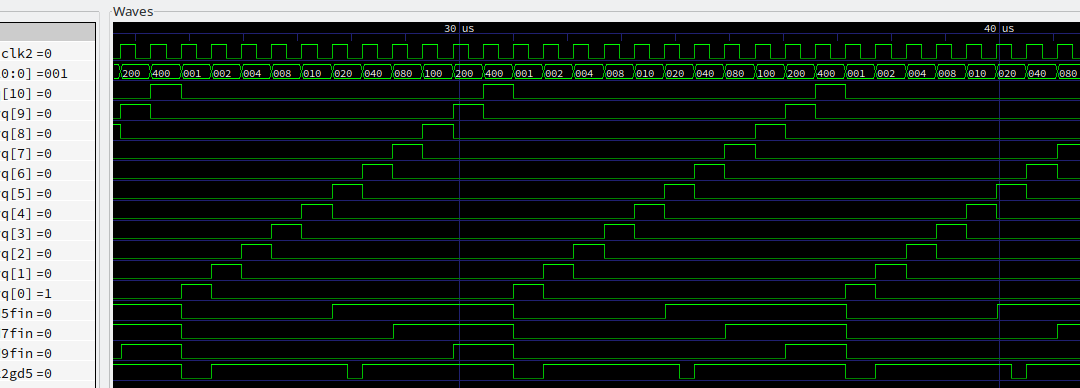
by Devsaurus | Sep 8, 2021 | Core News
When I started to search for the random generator the first challenge was the decision where to begin with. Looking at the die, there are not many landmarks that provide clear guidance. The ROMs are quite prominent due to their regular structure, but they don’t...

by Devsaurus | Aug 22, 2021 | Core News
The previous post introduced a tracing procedure to extract logic gates from VLM5030’s layout information. This post shows how the procedure can be extended to extract VLM5030’s embedded ROMs. Simple ROMs The image below shows a portion of the sequencer...
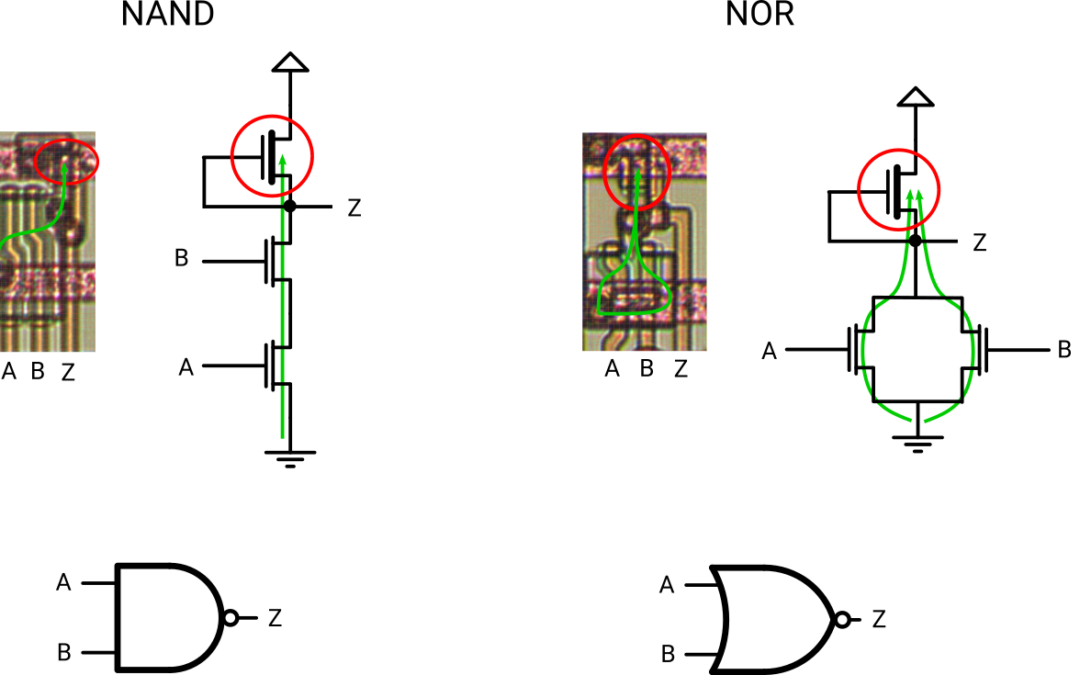
by Devsaurus | Aug 22, 2021 | Core News
The technology We need to set the stage first for this post. The VLM5030 is built from depletion-load NMOS logic. This means there are basically two types of devices: Enhancement-mode NMOS transistors for shorting a node to GND (or forwarding voltage between two...

by Devsaurus | Aug 14, 2021 | Core News
Quite a couple of Konami cores use the VLM5030 chip to generate human-like speech for in-game effects. While the replacement design created for the replay library does its job, it still falls behind the audio of an original chip. This is mainly due to the fact that...
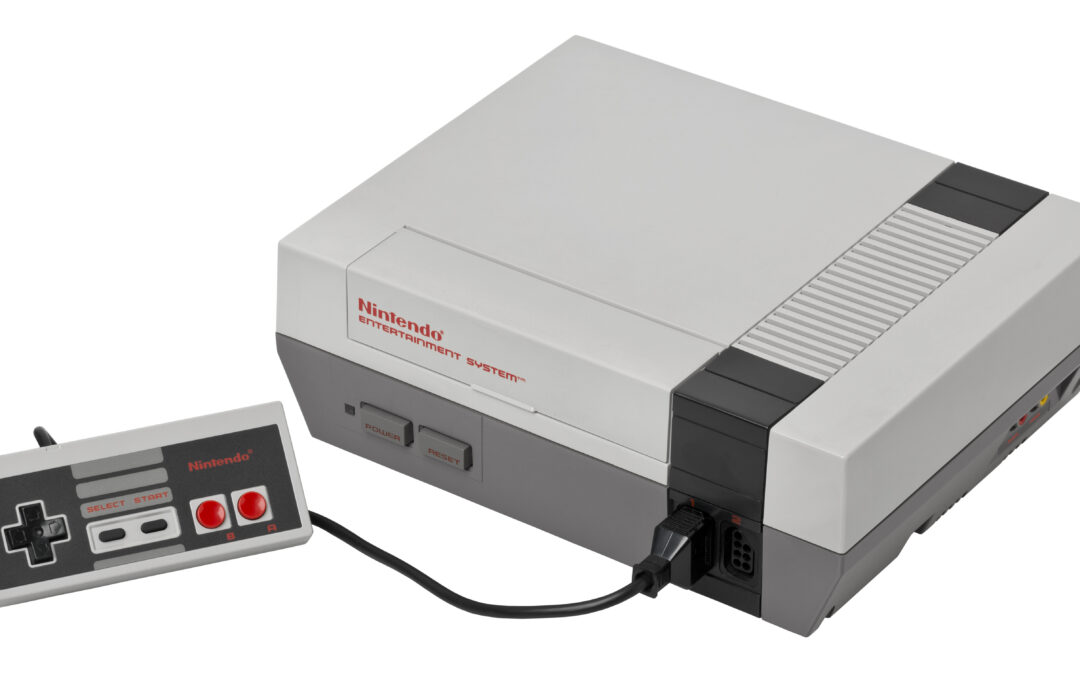
by Hicks | Apr 26, 2021 | Core News
There has been quite a lot of work going on in the background with the FPGA Arcade project, not the least of which is a host of new core releases. As you may have guessed from the image, the NES is now available for the Replay and MKR Vidor4000 platforms. This version...

by MikeJ | Nov 4, 2017 | Core News
A little over 34 years ago, Acorn Computers Ltd released a budget version of the BBC Micro, the Acorn Electron. For a time it was apparently the best selling Micro in the United Kingdom, although in more recent years the Electron seems to be overshadowed by its big...
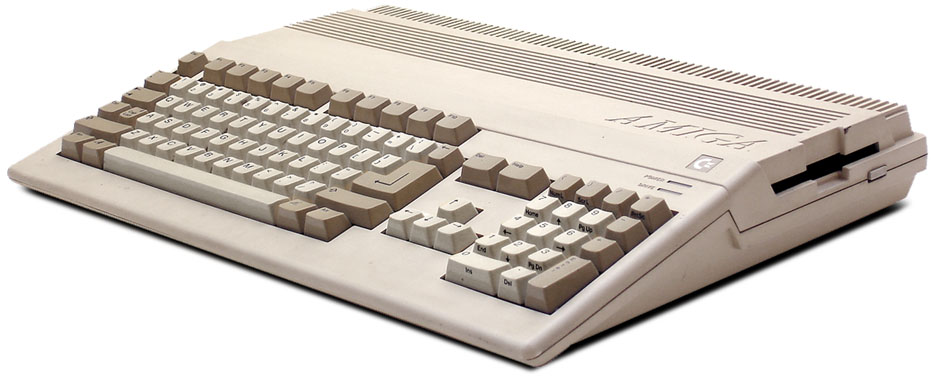
by MikeJ | Aug 1, 2017 | Core News
A new Amiga core was just released with a fix on the RTG interrupt + new RTG driver that handle the interrupt correctly....

by MikeJ | Feb 26, 2016 | Core News
I’ve released a new version of the Amiga core (https://github.com/FPGAArcade). New features : 48M XRAM mapped as Chip and all chipset DMA pointers support 64M addressing (optionally enabled in OSD / .ini file) CPU cache stable – 2 way I + D with full...

by MikeJ | Jan 21, 2016 | Core News
A lot of work has been done both on the CPU to increase compatibility, and the core to get the cache working and timing closure. The design is completely constrained and this results in a very stable platform Latest features: 2K Instruction plus 2K Data cache with...

by MikeJ | Sep 7, 2015 | Core News
The AGA core is pretty stable now, but one issue which has been haunting me for ages is some blitter operations go wrong and leave garbage on the screen. I’ve been working with Jim Drew, who pointed me at some source code released by DMA designs for Menace...

by MikeJ | Jul 21, 2015 | Core News
I made a few minor improvements to border sprite behaviour (fixes Banshee AGA). The core is in the Amiga news thread in the forum. I intend to get the release SVN area sorted out in the next day or so…

by MikeJ | Jul 6, 2015 | Core News
I’ve been testing a new version of my Amiga AGA core. It’s checked into the private repository. I’m working this week to make binary releases (and source ASAP) on the public mirror. The MIST AGA project has received some great updates...














